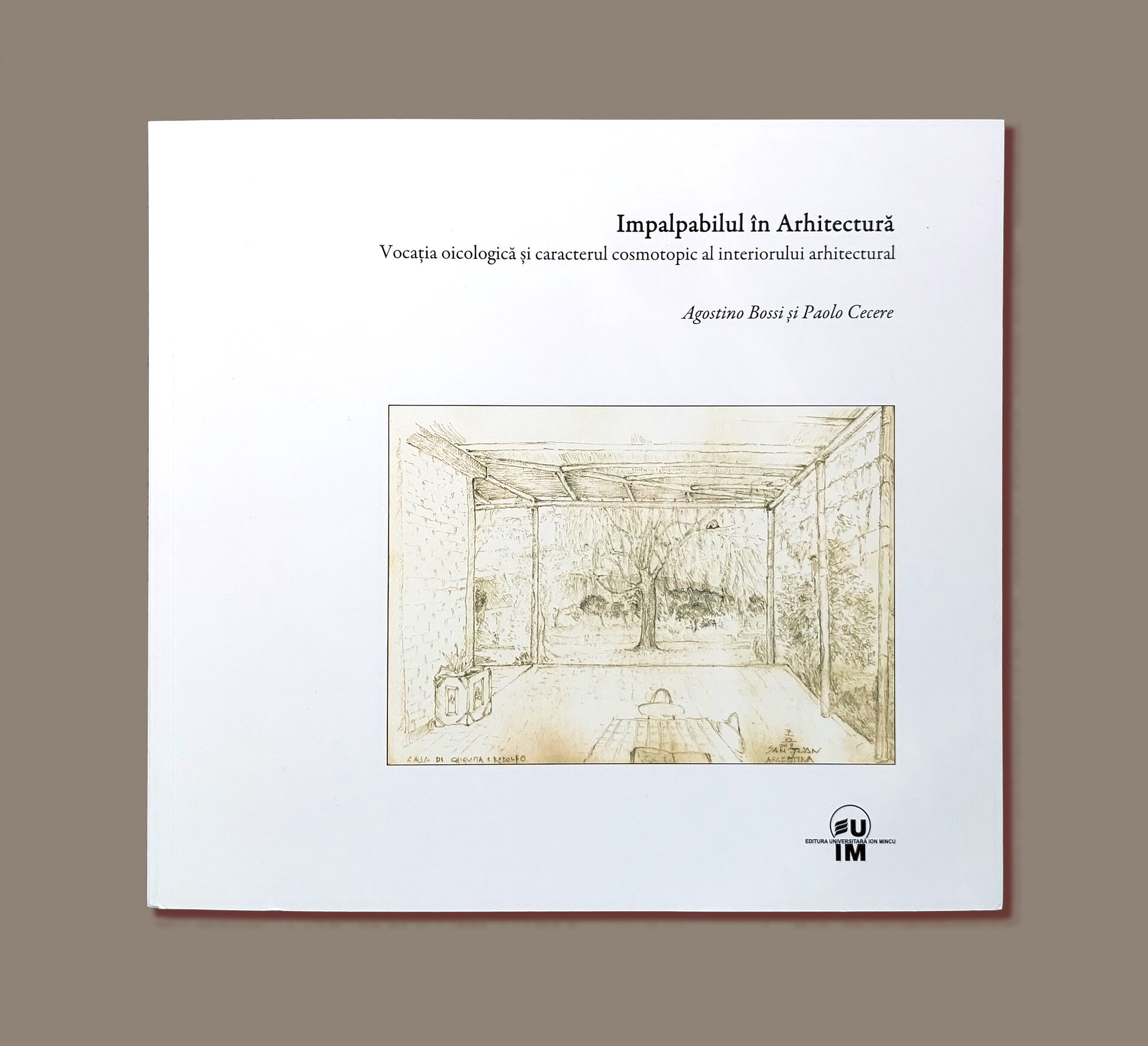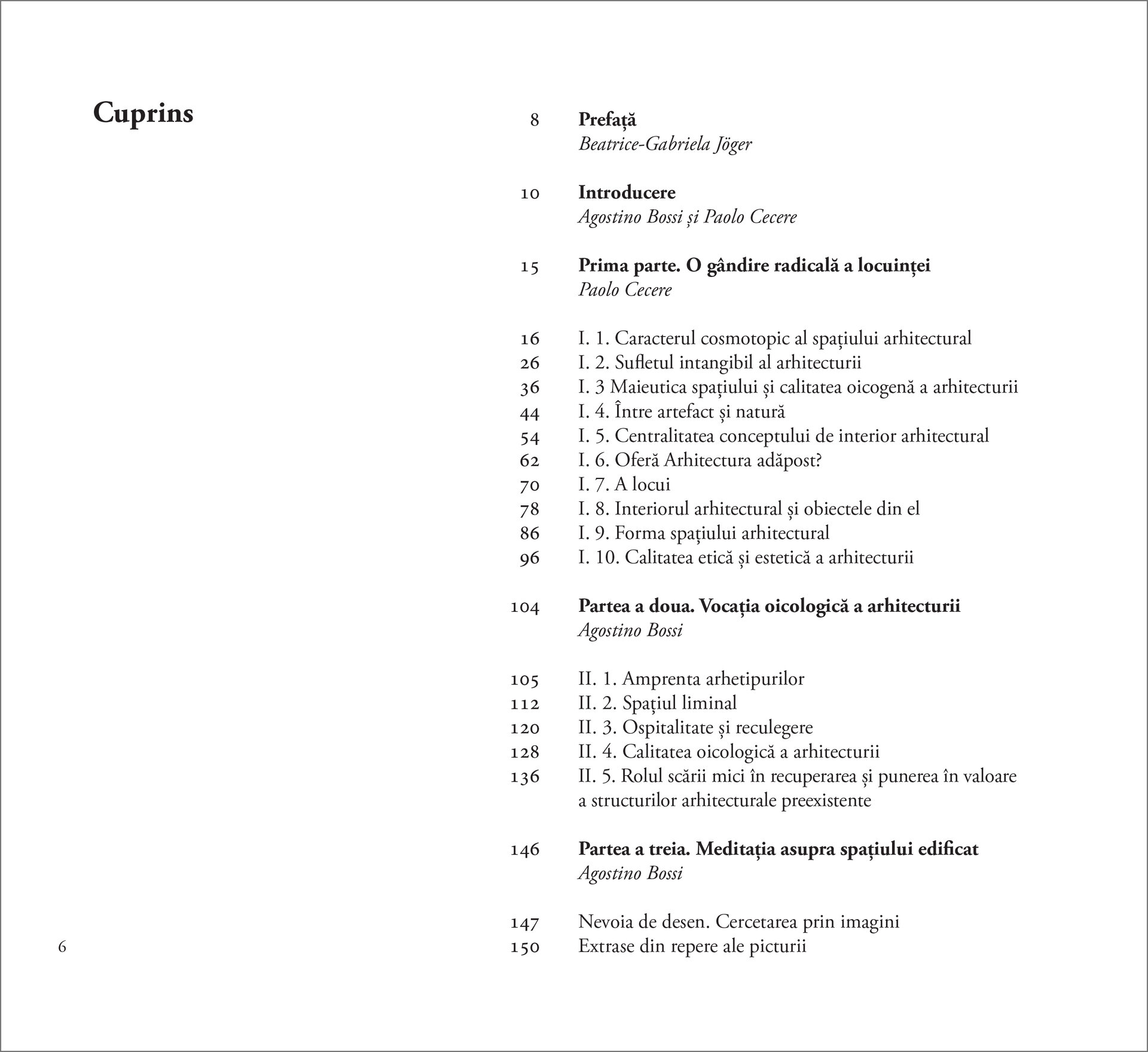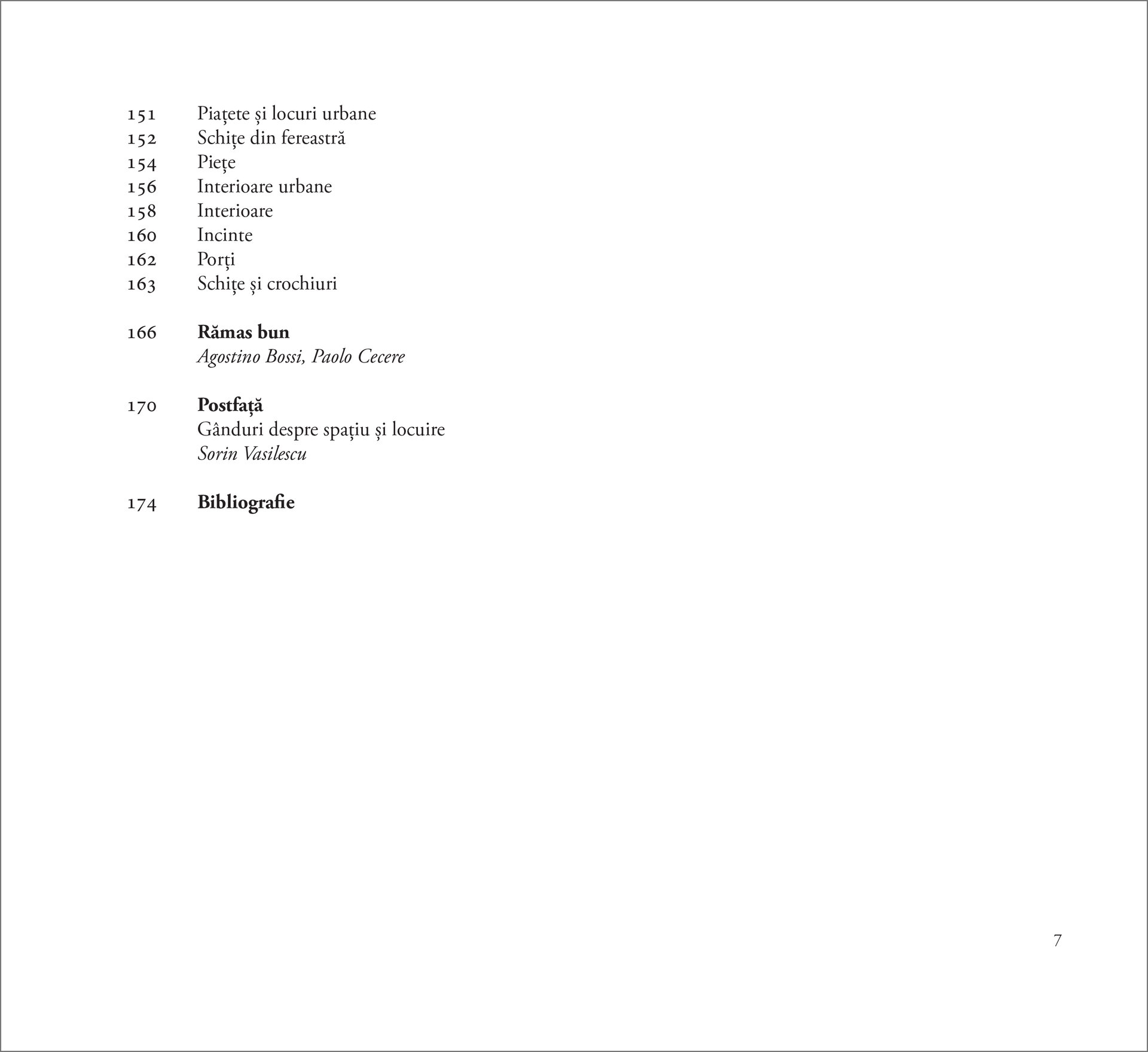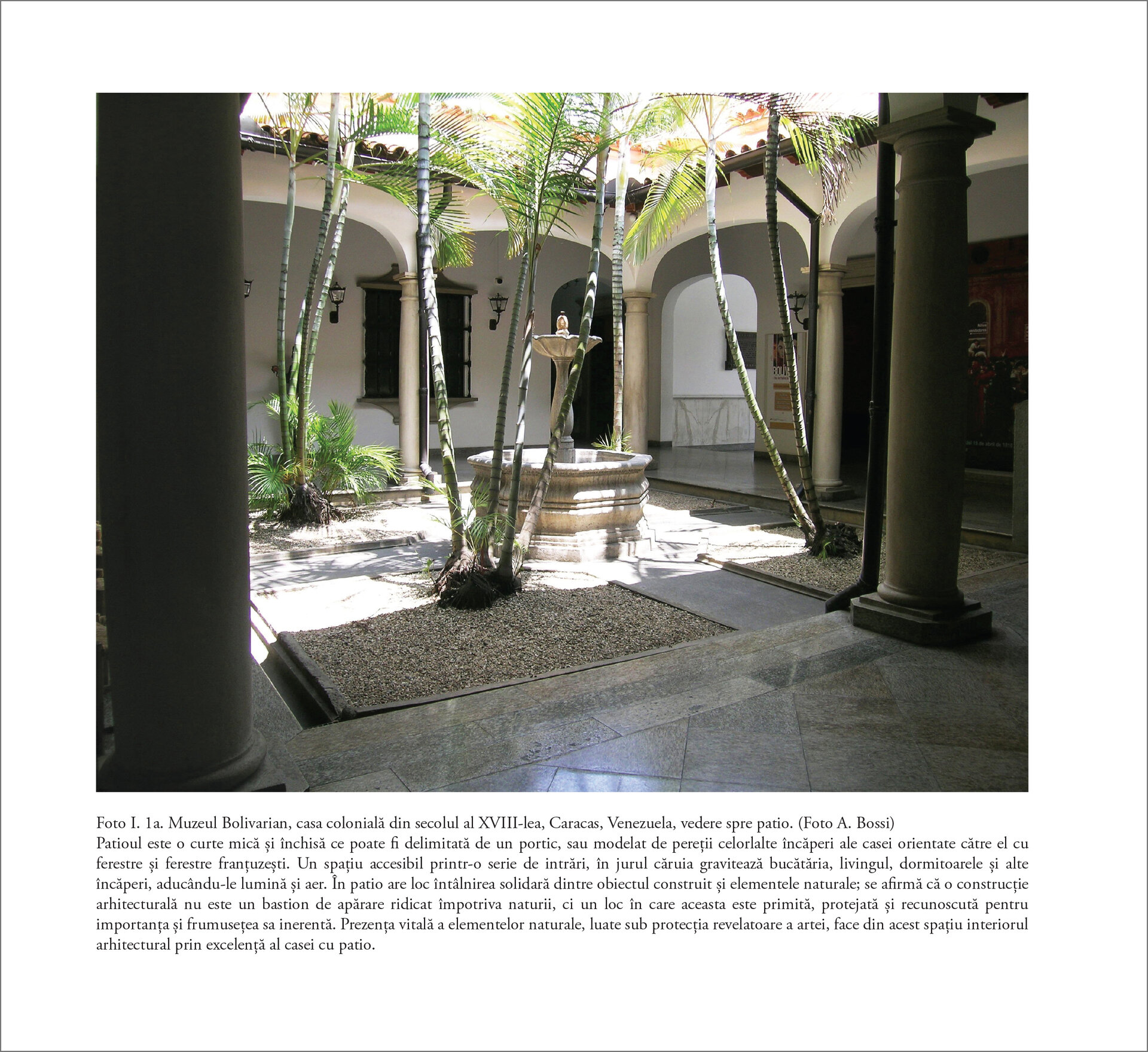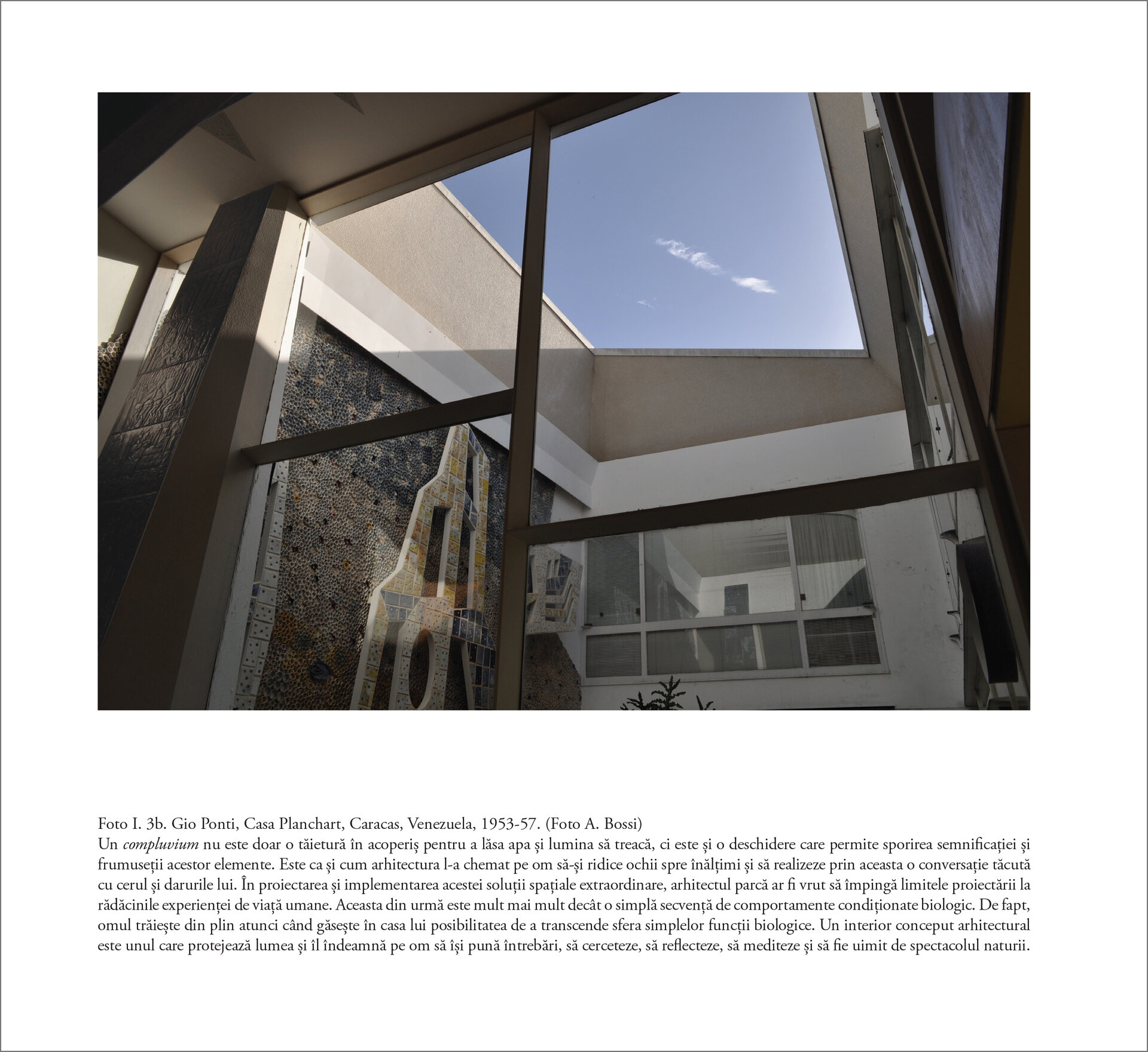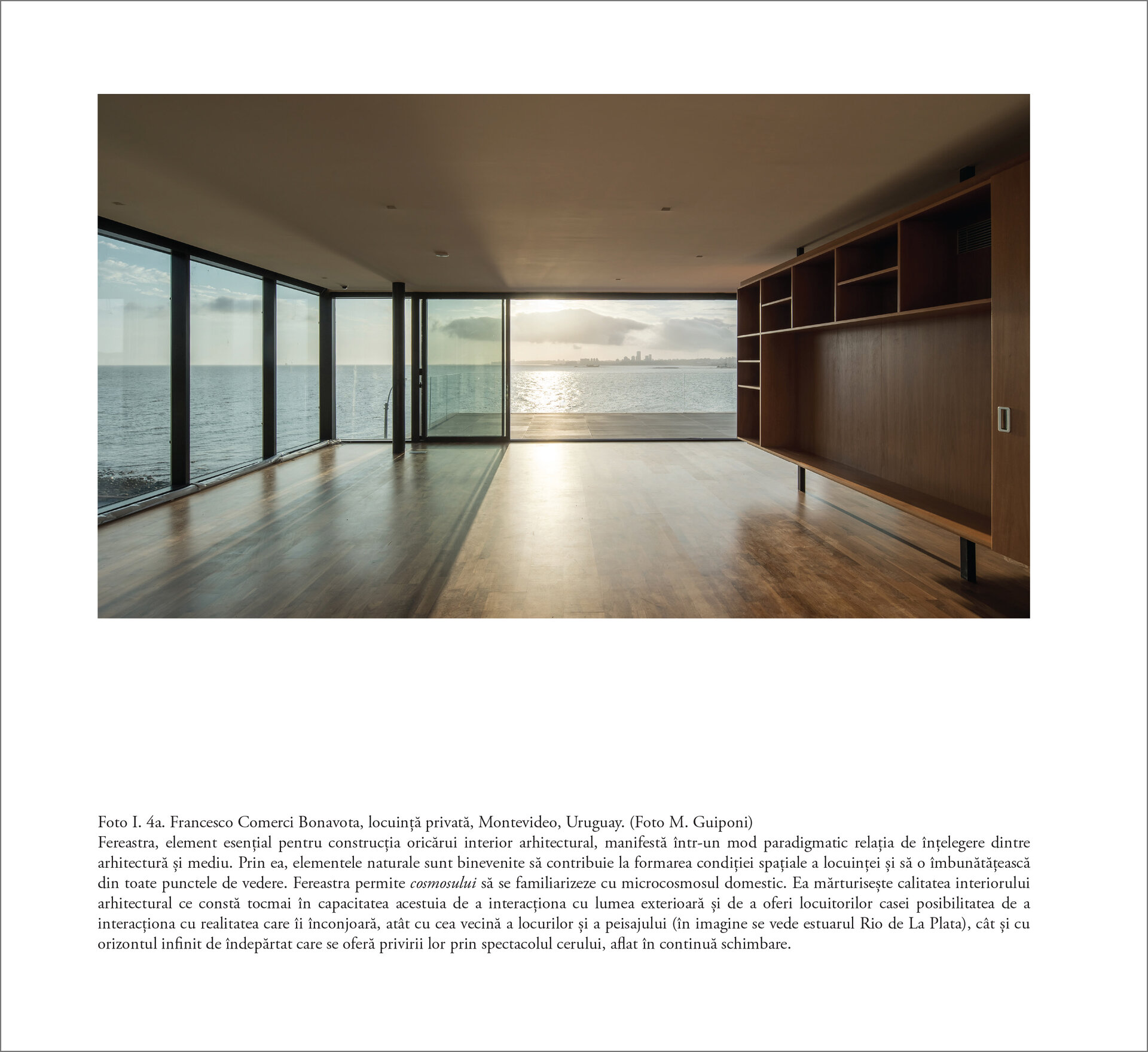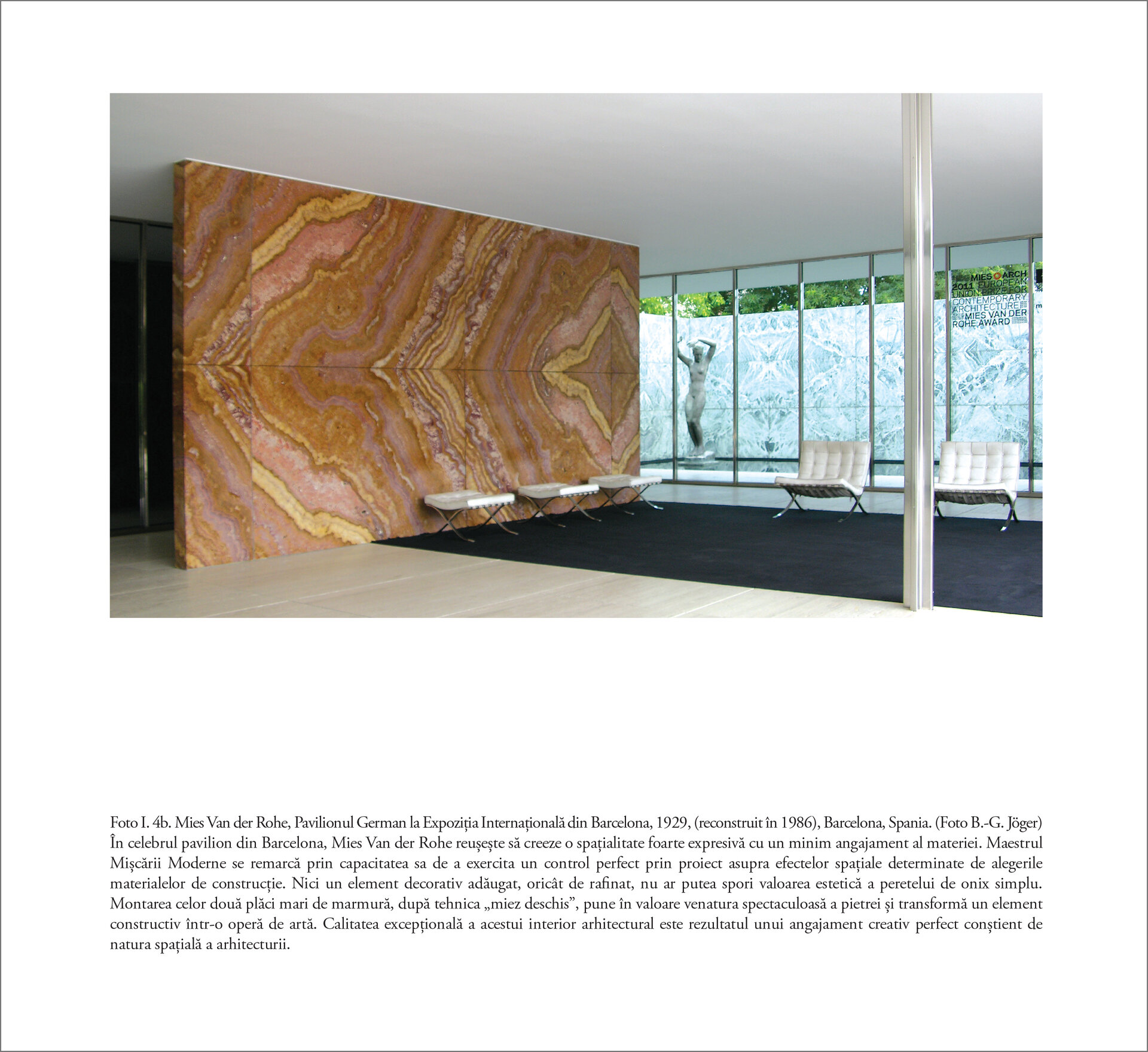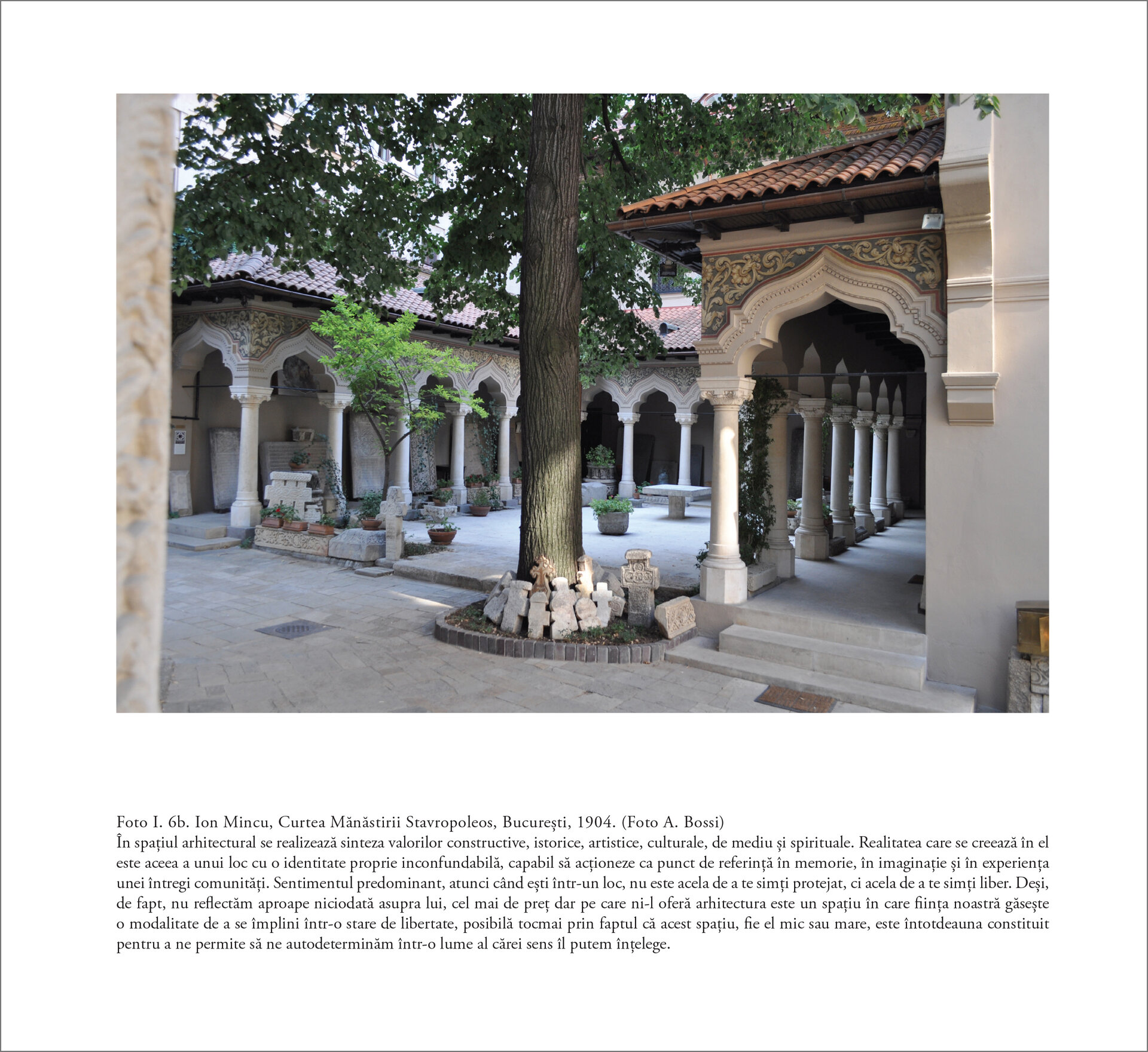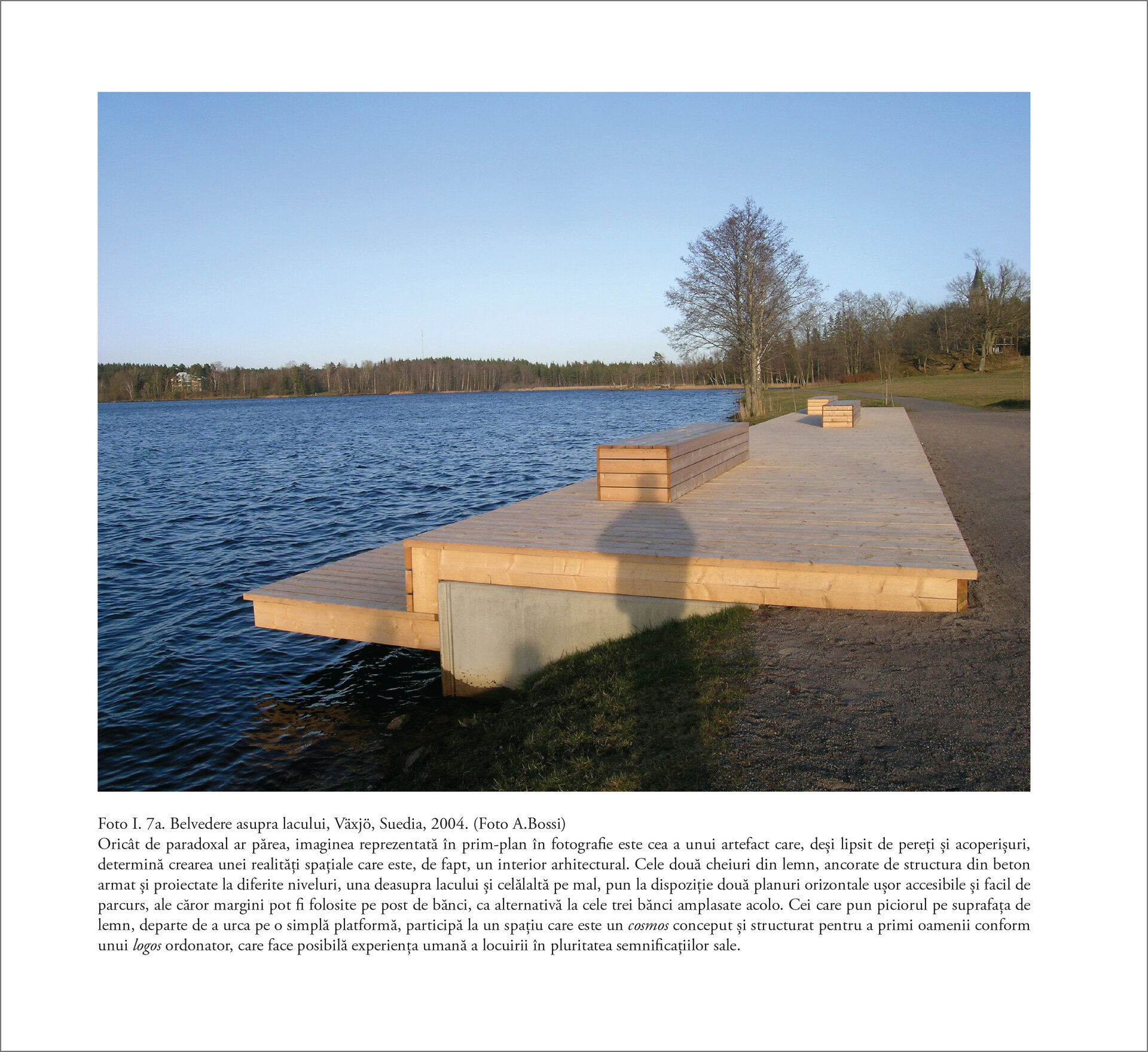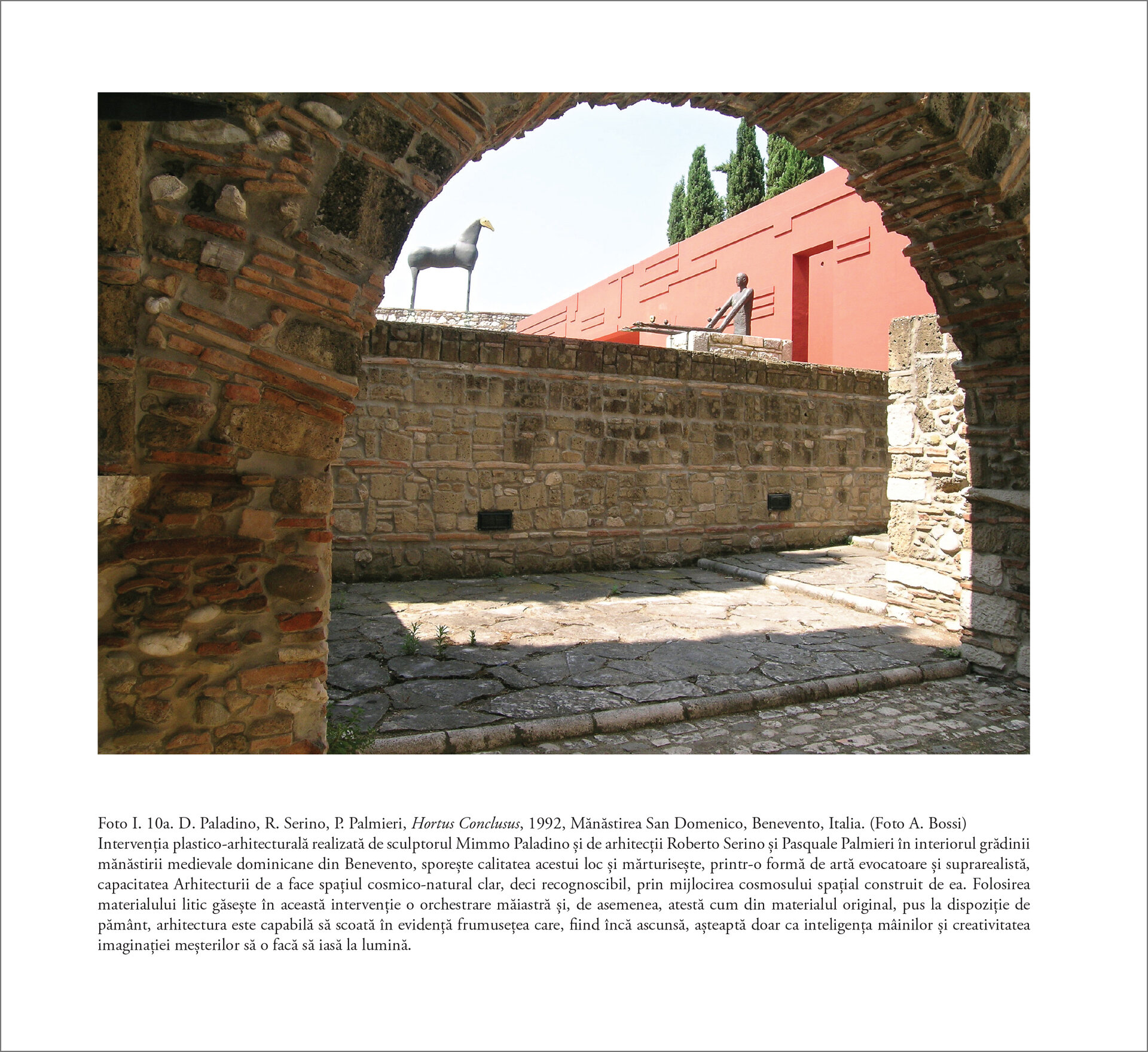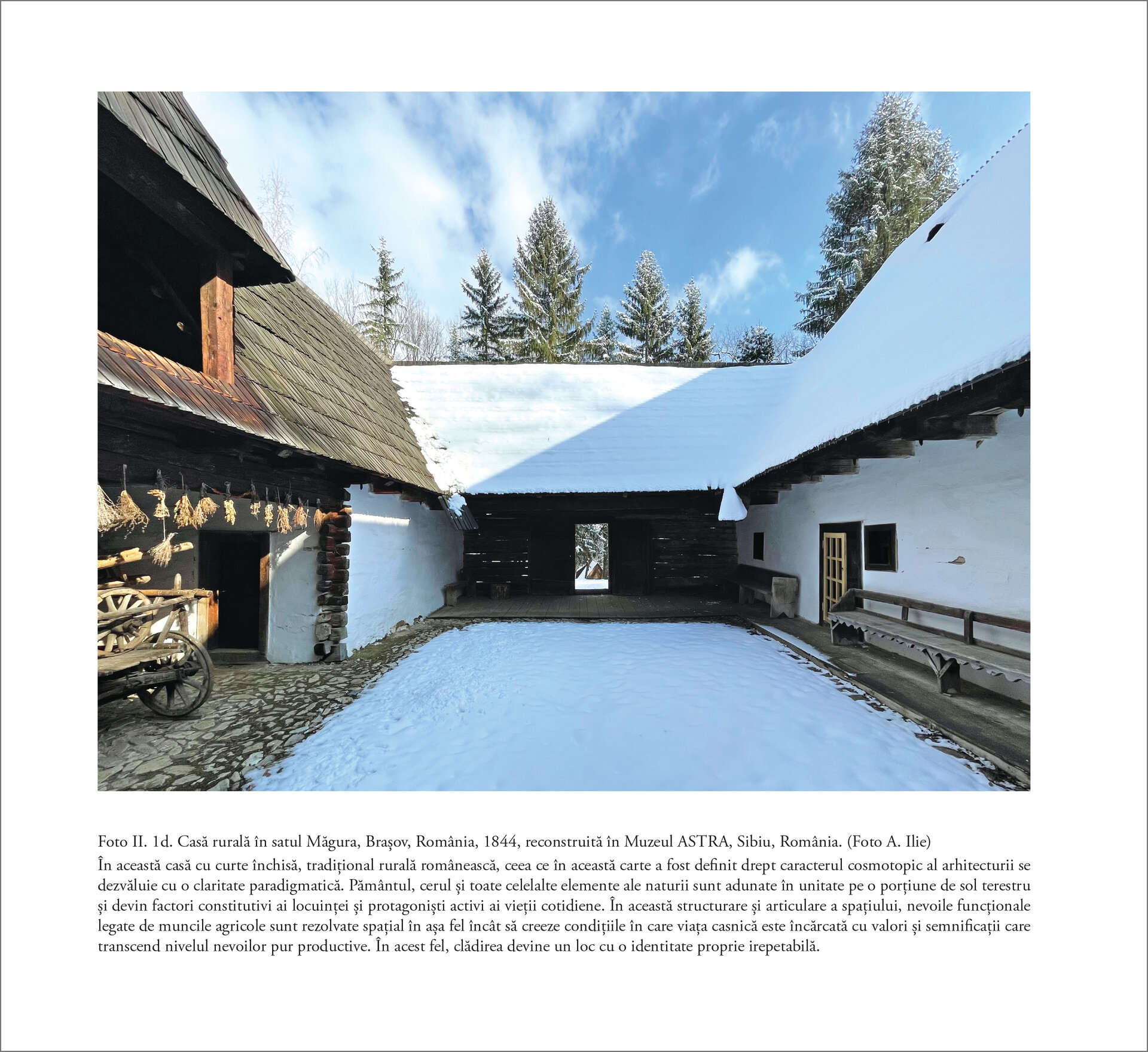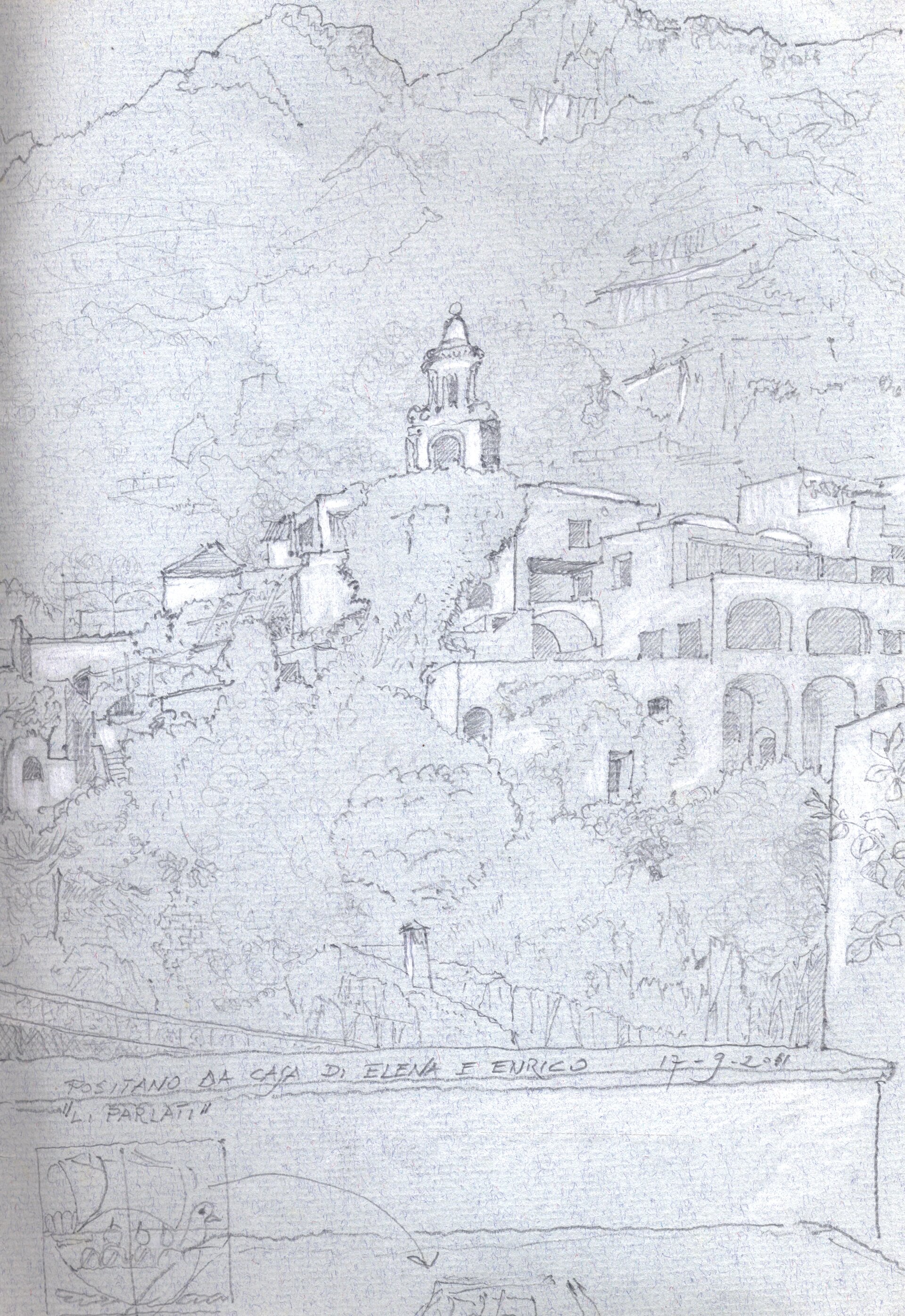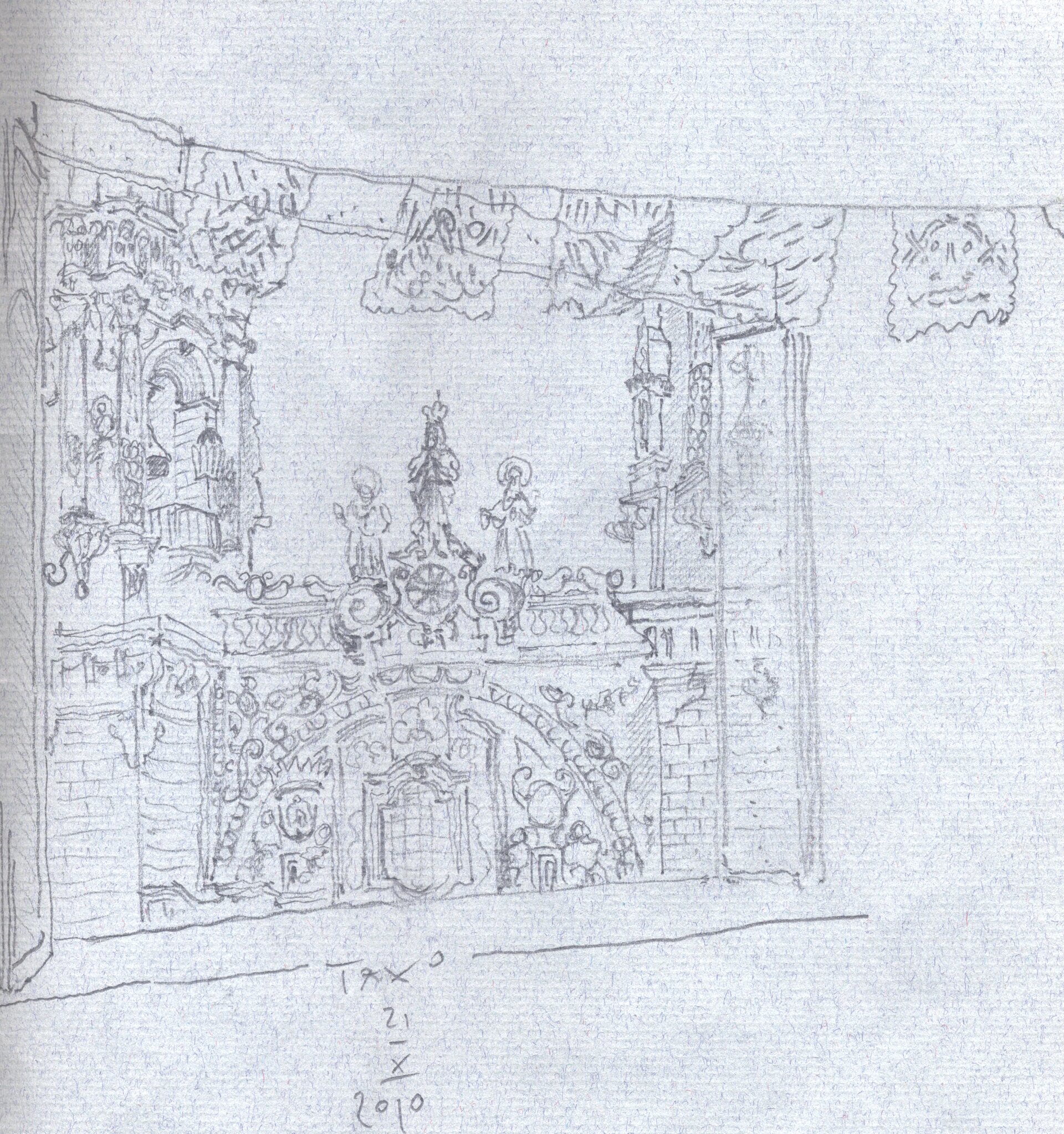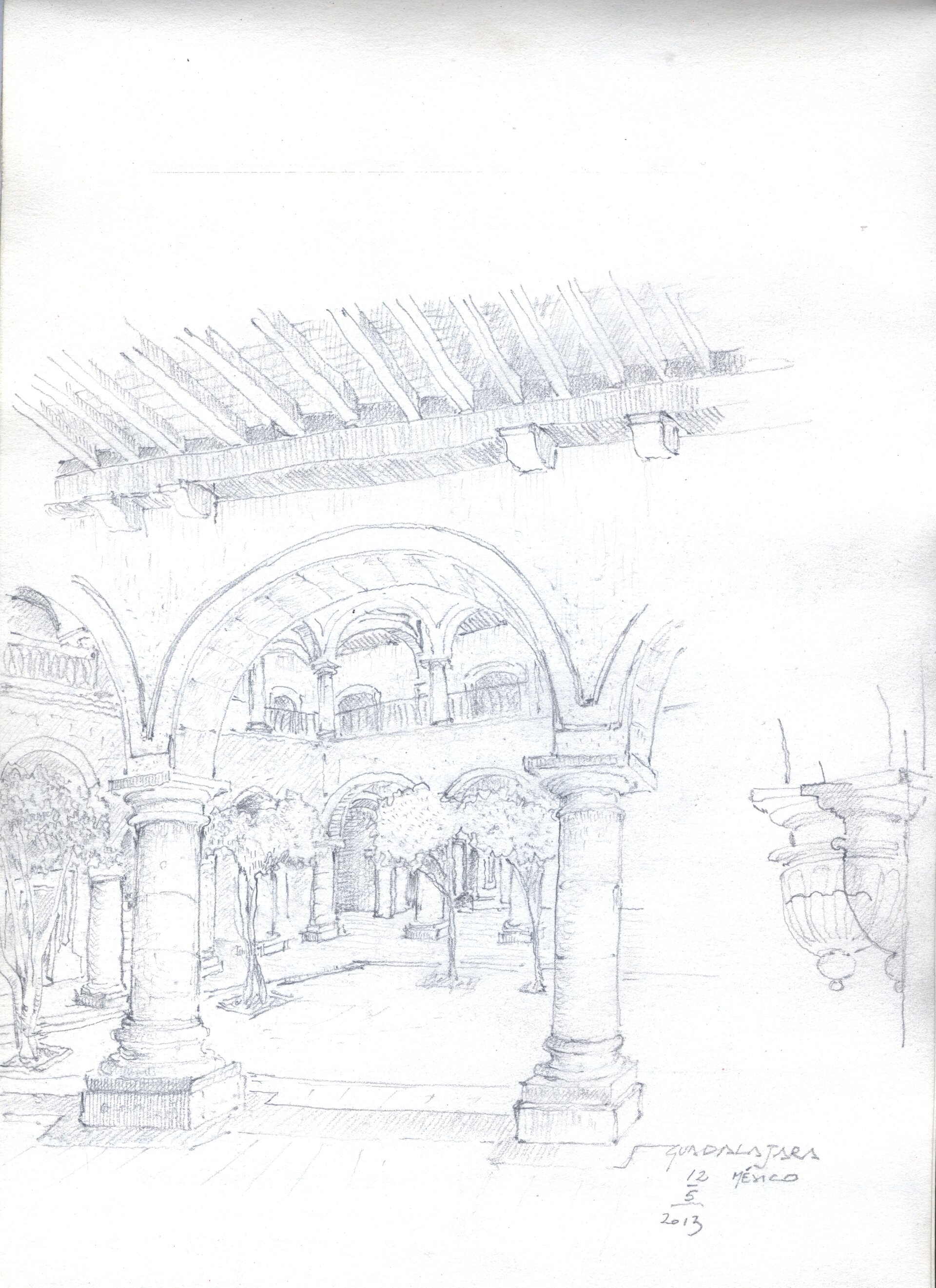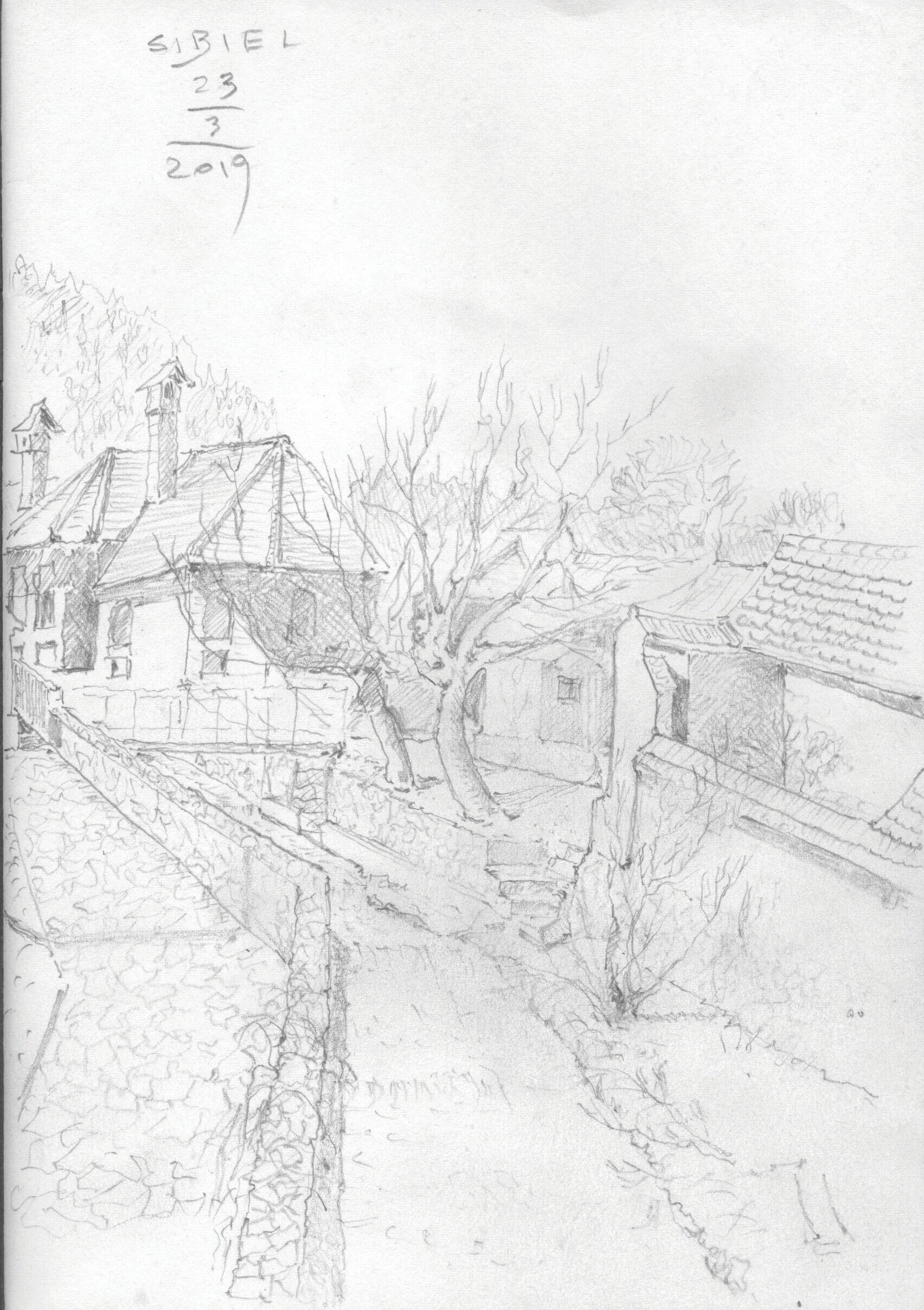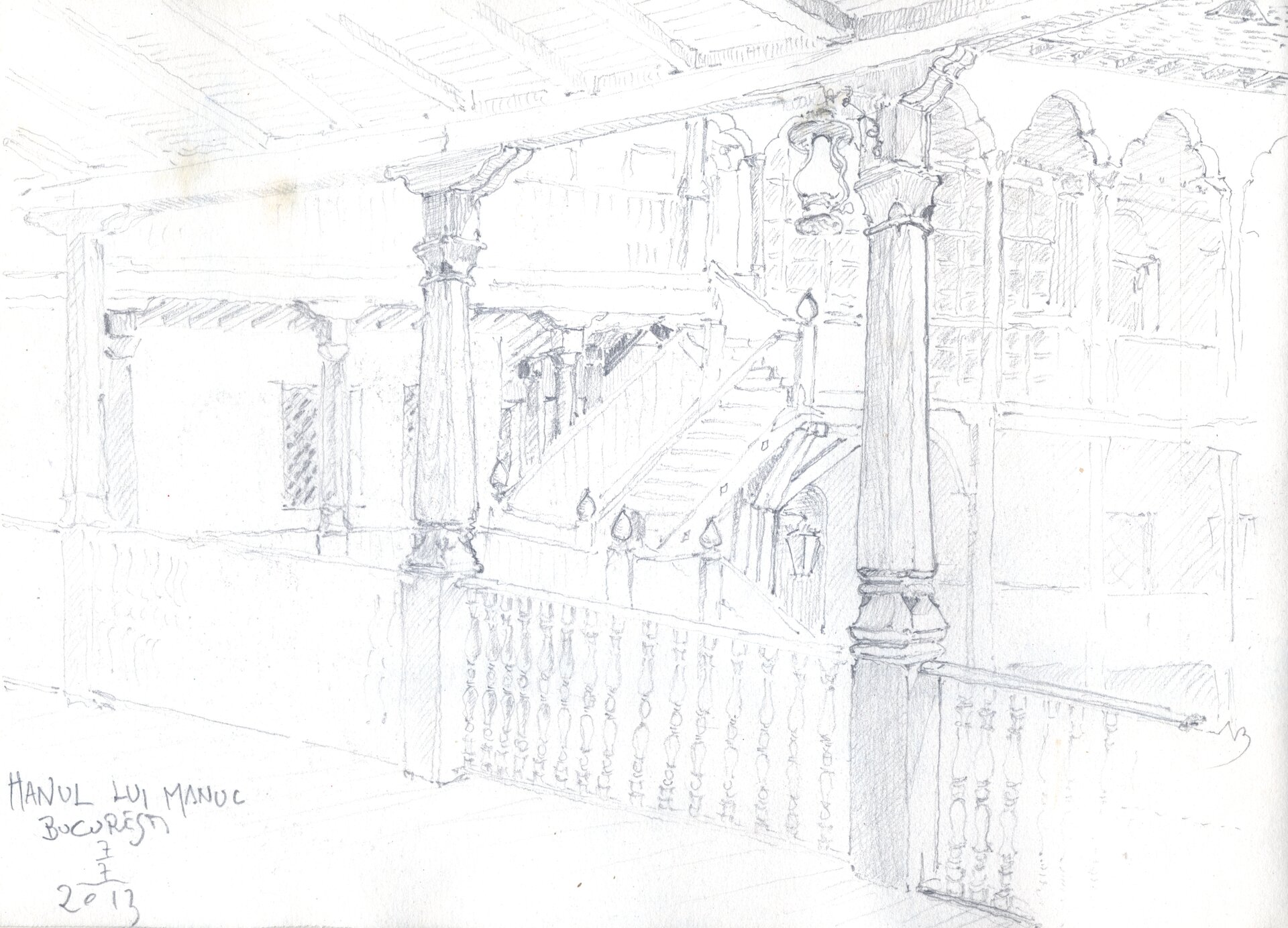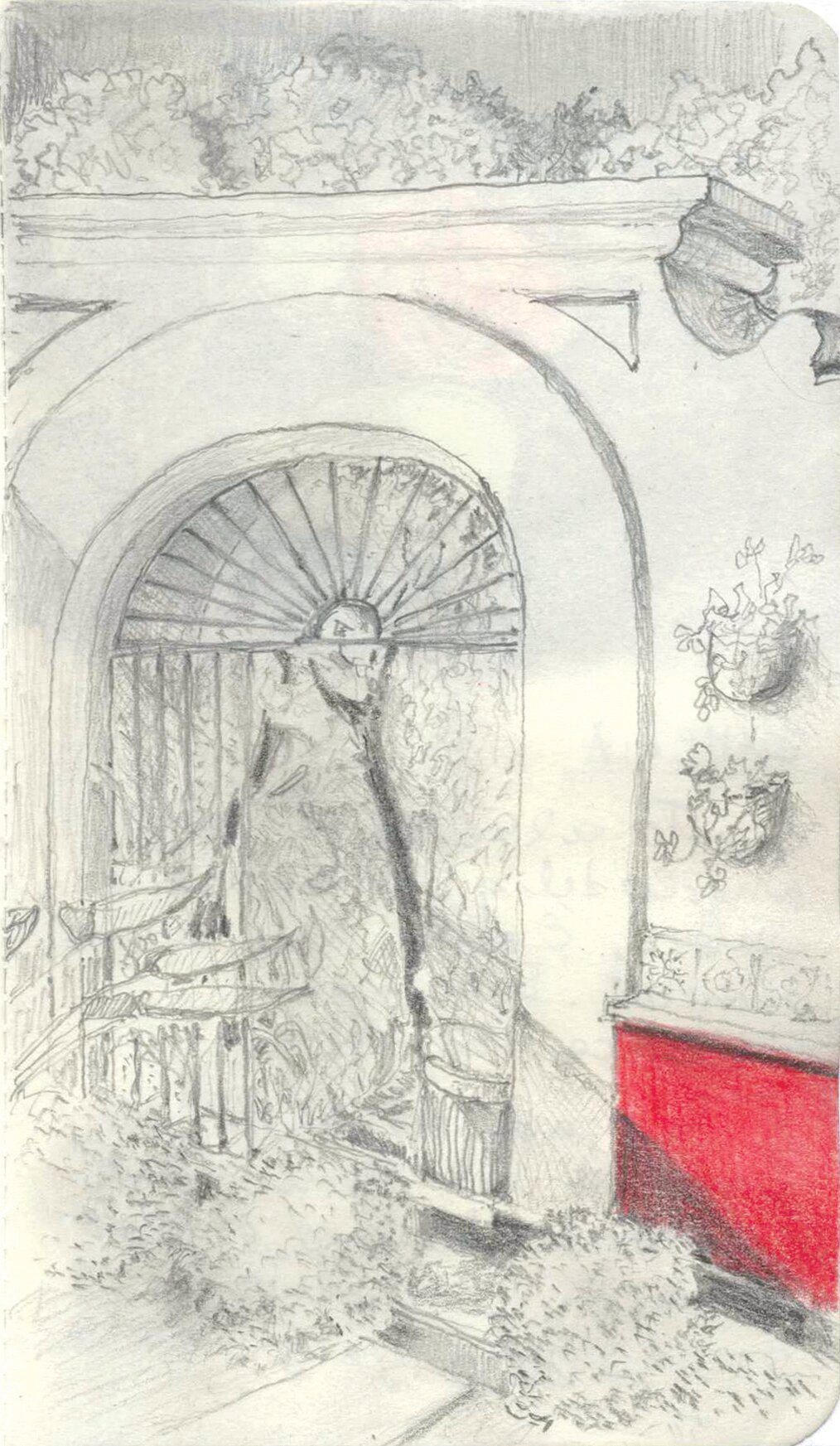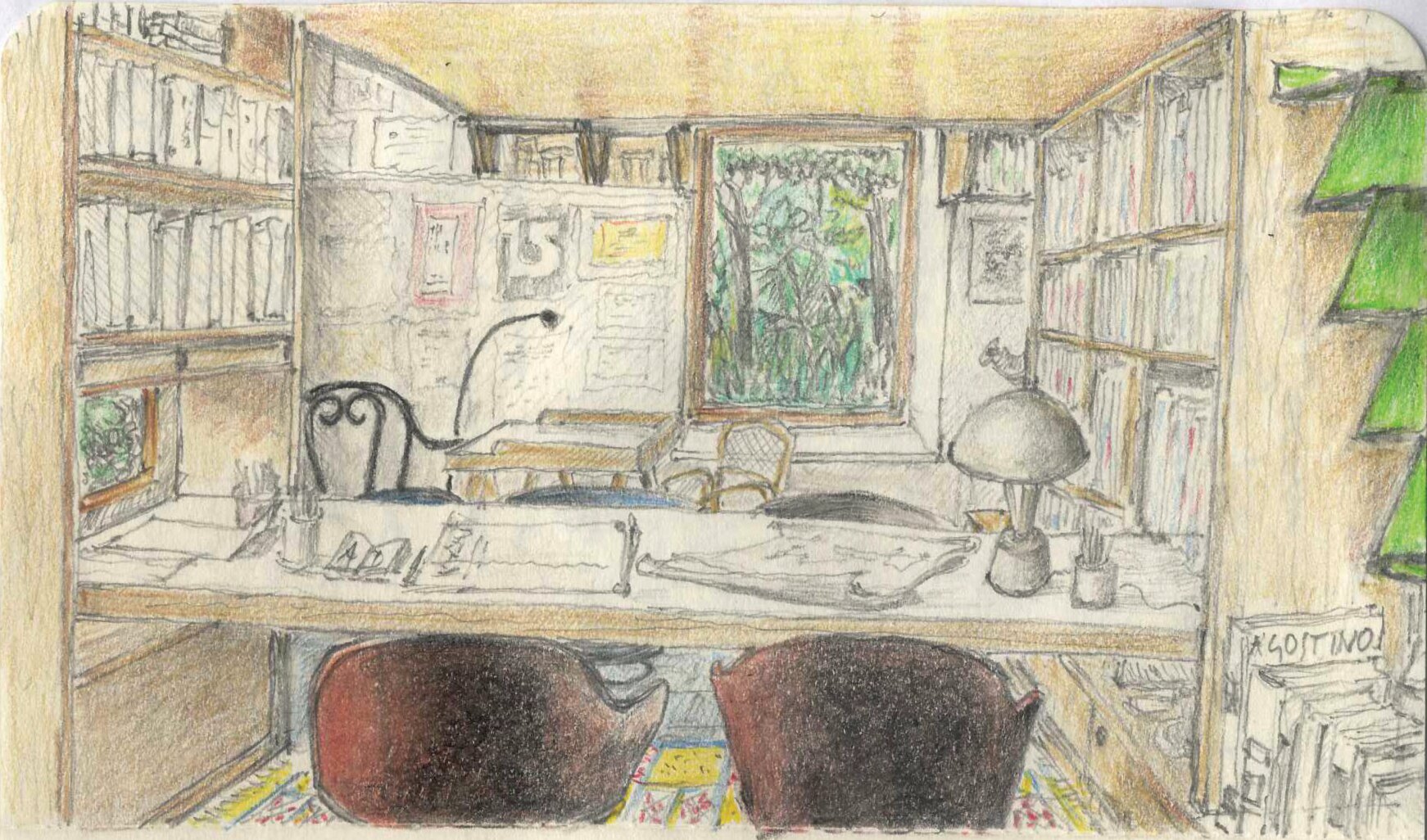
The Impalpable in Architecture. The Oikological Vocation and the Cosmotopic Character of the Architectural Interior
Authors’ Comment
The gift that our university receives from Professor Agostino Bossi and his colleague and friend, the architect and philosopher Paolo Cecere, represent the princeps edition of a volume made up and written especially for this occasion.
The authors have developed, over three decades, a research that aimed to understand the meaning of architecture, research undertaken both at theoretical level and aiming to provide quality of the process of design and physical-spatial conformation of the human space.
This book – a premiere for the specialized literature at international level by the philosophical approach of the interior architectural space - summarizes the results of their research, during which the "critical approach and radical questioning" have led the authors to develop "ideas, notions and concepts of fundamental importance in identifying, description, explanation and understanding of the essential aspects of Architecture and of the physical space built by this”. Thus, the authors decided to adopt and adapt some terms of Greek origin precisely to evade the discourse on architecture and of architecture from the numerous ambiguities with which it tends to present today. The text refers to some adjectives that in the developed discourse contribute to the formation of syntagmas such as "cosmotopic character", "oikological vocation", "oikogen quality" "maieutics of space". These four expressions best express their meaning in relation to the word Architecture, because they try to designate the original qualities of the space conceived and created by this. Throughout the speech, their meaning is gradually revealed and, with it, the fabric of conceptual relationships that bind them to each other, and only the reading of the book will be able to provide an organic and deep image of their meaning.
From each chapter, appears the authors' desire to provide a contribution to "clarifying the fundamental concepts of architectural culture and design”, to explain as completely those characteristics that define the space of Architecture written in capital letters, to which this volume is actually dedicated.
Beyond a language and text dense of meanings, the volume also has a didactic character, the ideas, concepts, terms used and created by authors being not only explained but also exemplified with detailed analyzes of paradigmatic architectural achievements, either of some Masters of Architecture or anonymous who created Architecture. The special chapter dedicated to the understanding of architecture by drawing is in this regard, extremely important, especially in the contemporary context, when the mirage of the technique absorbs young apprentices, who no longer learn how to look at and understand what they see.
Last but not least, the authors make us understand the meaning of the Architecture in capital letters, the characteristics that distinguish it from the simple act of building and explain why we feel good within the Architecture, maybe without realizing why. Because beyond the fulfillment of the technical-functional requirements, the Architecture has a soul (or should have, in order to be inhabited by man), something that this volume tries to define, our senses perceiving it (or not) instantly when we enter a space, and which escapes us continuously, as a touch of the wing of a butterfly, diaphanous and almost imperceptible.
- The Rehabilitation of Built Heritage. Theory and Technique
- Goldstein Maicu. Modern Villas.Constanța. 1931–1940
- The mediterranean architecture in romanian interwar period
- The Academic Community of the Architecture University
- Digital modeling of the impact of the 1755 Lisbon Earthquake / Second revised edition
- The Impalpable in Architecture. The Oikological Vocation and the Cosmotopic Character of the Architectural Interior
- The Dynamics of the Christian Lithurgical Space. The Influence of Function - 2nd edition revised, completed and actualized
- The Arad citadel. Architectural valences of the relationship between history and city
- Set Apart. Evangelical Worship Space
- Proportions in Architecture. Perceptions and spatial identity.
